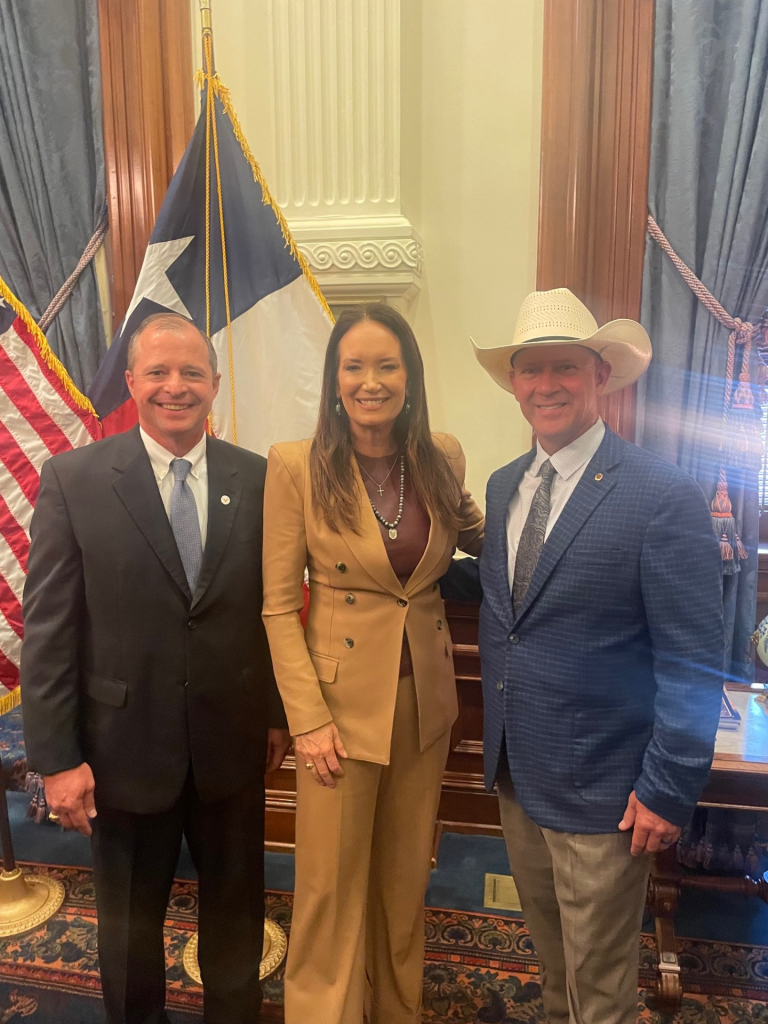
In today’s Beef Buzz, Senior Farm and Ranch Broadcaster Ron Hays speaks with Texas Cattle Feeders Association Chairman Robbie Kirkland, who said he came away encouraged after attending the announcement in Austin about new federal funding to fight the New World screwworm. “It was a good day. It was a day that the federal government came up with a large sum of money, $750 million for sterile fly production as well as another $100 million in R&D research and development,” Kirkland said. “The federal government saw we’re going to protect the U.S. cattle herd against New World screw worm.”
Kirkland emphasized the importance of the new sterile fly production plant being built in South Texas. He noted that the facility would produce about 300 million flies weekly, which could help push the screwworm back across Mexico. “What I’d like to think is we never get them in the United States, and then this ultimate facility helps us push those out of Mexico back down into South America and eliminate them,” he explained.
Even with this progress, Kirkland admitted that cattle feeders are feeling the impact of the border remaining closed to Mexican feeder cattle. He pointed to frustrations with Mexico’s response. “I think a lot of it goes back to the lack of reaction from the Mexican government,” he said. “If we’d have seen the Mexican government push on a little harder earlier we might have the border open today, but we don’t, because those cases continued to kind of trickle north.”
Still, Kirkland sees the U.S. announcement as an important step toward eventually reopening. “We do want to get the border open, but we do believe this is one step in the right direction,” he said. He added that USDA Secretary Brooke Rollins has emphasized increased surveillance in Mexico, and that progress will be key. “I do believe that they will reopen the border,” Kirkland said.
Finally, Kirkland stressed that the current inspection process at the border is thorough and effective. “Those cattle are triple inspected on the Mexican side twice by Mexican veterinarians, then they’re moved to the U.S. inspection pens on the Mexican side of the border, inspected there, and then they’re dipped and then crossed,” he explained. After visiting the border earlier this year, he concluded: “We believe that the process at the border is very sound.” Click here to read the Texas Cattle Feeders Association statement about the sterile fly facility.
The Beef Buzz is a regular feature heard on radio stations around the region on the Radio Oklahoma Ag Network and is a regular audio feature found on this website as well. Click on the LISTEN BAR for today’s show and check out our archives for older Beef Buzz shows covering the gamut of the beef cattle industry today.

















